Microbiological contamination of feed – current hazards and new challenges
Medycyna Weterynaryjna
Data
2022Autor
Goldsztejn, Magdalena
Grenda, Tomasz
Kozak, Beata
Kozieł, Nina
Kwiatek, Krzysztof
Metadane
Pokaż pełny rekordStreszczenie
Feed microflora remains a very complex and still largely uncharacterized ecosystem. Given the wide range of
potential sources of microbial contamination that may come into contact with feed, a variety of microorganisms,
including pathogenic ones, can be expected. Microbiological contamination of feeds depends on environmental
factors, which are a natural, primary source related to the microflora carried on feed materials and coming
from soil, water and air. Microbial contamination may also emerge secondarily in the processing and
distribution stages of feed, but also in the breeding stage, where feed may be contaminated by animals showing
disease symptoms or asymptomatically. A wide variety of pathogenic microorganisms that are transmitted
symptomatically or asymptomatically can cause economic losses to feed producers and farmers, and some of
them due to their zoonotic nature can also pose a potential risk to consumers. New feed materials appear on
the market, i.e. Insect Processed Animal Proteins, which are part of the strategy of replacing traditional protein
sources. These materials are under investigation for their benefits as well as for microbiological safety. The aim
of this review was to present the current knowledge on the main microbiological risk factors influencing the
quality and safety of feed, as well as new analytical challenges related to the introduction of new feed materials.
Zbiory
- Publikacje [723]
